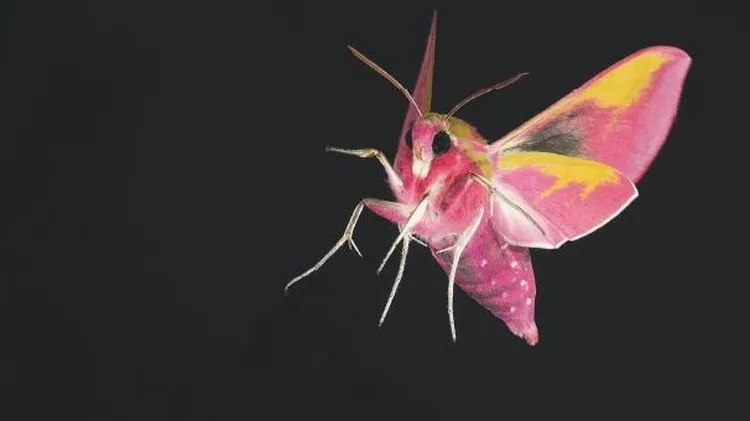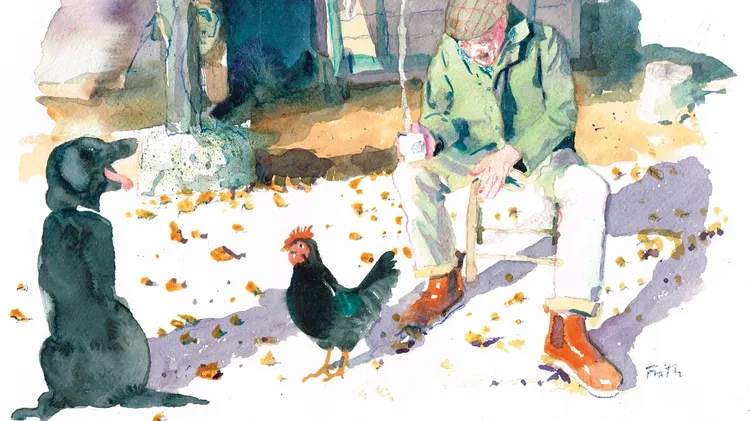“The co-evolution of fire and plants runs deep, and continues today”
Gillian burke
2 min read
This article is from...
Read this article and 8000+ more magazines and newspapers on Readly






